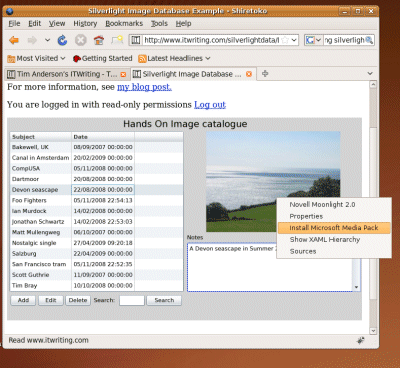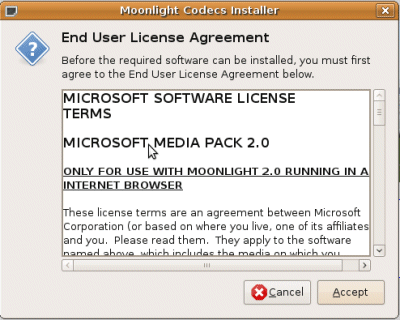Microsoft’s Mix conference is on next month – probably the company’s second most interesting conference after PDC, though this Mix looks rather better than last year’s relatively drab PDC (free laptops aside). The company has plenty to talk about, primarily around Windows Phone development – twelve sessions! – Internet Explorer 9, and Silverlight 4. Mix is meant to be a web design conference – though it has always strayed extensively into Windows-only territory – and the inclusion of Windows Phone is a bit of a stretch, but I doubt attendees will care.
It’s notable that Microsoft is making more than a nod to web standards and open source. There is a full day workshop from Molly Holzschlag on HTML5 Now: The Future of Web Markup Today, John Resig on How jQuery Makes Hard Things Simple, and Doug Schepers from the W3C with Microsoft’s Patrick Dengler on SVG: The Past, Present and Future of Vector Graphics for the Web; Christian Heilmann on Participating in the Web of Data with Open Standards; and not forgetting Miguel de Icaza on The Mono Project.
Why would Microsoft talk about such things? Arguably it is a kind of smokescreen, talking standards while busily promoting proprietary stuff like SharePoint and Silverlight. I think there is some of that; but that this new focus also reflects power shifts in the industry. In the new cloud-based era Microsoft has to compete with Google, Mozilla and others; and to make sure that its stuff works in some measure on a diversity of clients, from Android to iPhone. Note the session on Practical Strategies for Debugging Cross-Browser Display Issues.
I would not call this a conversion. I would say this is more about “Windows if we can, standards if we must”. That necessity is increasing though, and the sessions at Mix reflect that.


